Medical Conditions and Skin Discolouration
Colour Derma understands that skin conditions, no matter their origins, can cause discomfort emotional and psychological. Unusual skin discolouration, be it hyperpigmentation (dark or coloured patches) or hypopigmentation (white patches), may be caused by vitiligo, eczema, or other conditions we’ve discussed. However, there are a range of other ailments that may cause discolouration as a side effect.
We want to help you understand some of the different illnesses and conditions that may cause skin staining or discolouration for greater awareness. This list is by not means complete and should not be used for self-diagnosis. If you think that you may have any of these ailments, please contact your medical provider as soon as possible for diagnosis and treatment options.
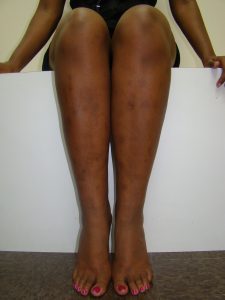

What ailments cause skin discolouration Medical Conditions?
You may be familiar with vitiligo, eczema, or rosacea causing troubling skin discolouration, affecting a person’s self-confidence. However, there are other conditions that manifest as patches or oddly coloured skin in different parts of the body. Some of these are mild and mainly affect appearance while others are more serious conditions that require medical treatment.
Capillaritis
Also called pigmented purpura, capillaritis occurs when the capillaries, small blood vessels close to the skin’s surface, leaks. It is a harmless condition that is not contagious. There’s no known cause for most forms, including Schamberg diseases, although it may develop from exercise and certain medications. Usually, it appears as little red or brown dots on the skin, sometimes called cayenne pepper spots. The spots often will fade over time, but sometimes it recurs. Treatments could include topical steroids if itching occurs or compression garments to aid in circulation.
Addison disease
Addison disease stems from the adrenal cortex (part of the adrenal gland that sits over each kidney) being damaged and no longer producing certain hormones: cortisol and aldosterone. This could be a complication from tuberculosis or an autoimmune disorder that attacked the adrenal cortex. One of the signs is hyperpigmentation, especially in the areas usually exposed to sunlight. This is accompanied with weakness, stomach pains, and mood swings. There is currently no cure, but treatment usually entails replacement hormone therapies.
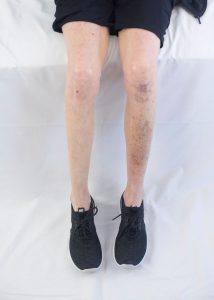
Urticarial vasculitis
Similar to capillaritis, urticarial vasculitis is when certain blood vessels are inflamed. In this case, it looks like red or irritated patches of skin. The direct cause is unknown; however, it has been linked to such conditions as immunoglobin disorders, certain forms of hepatitis, and some cancers. Nevertheless, most cases do not have such a link. Often these cases fade over time with antihistamines or anti-inflammatory drugs to relieve and itching or pain, but severe cases may require medication such as colchicine or hydroxychloroquine.
Haemochromatosis
Haemochromatosis is a genetic condition where the body does not process excess iron properly. Instead of metabolising and excreting iron that the body doesn’t need, someone with haemochromatosis will absorb and maintain the iron in various organs like the liver and pancreas. In around 90% of cases, hyperpigmentation occurs with the skin turning grey or a brown-bronze, usually in areas that are sun-exposed. This normally appears well in advance of other symptoms, which can include fatigue, arthritis, liver cirrhosis, diabetes, and heart issues. There is no cure, but treatments include blood therapies and monitoring of diet.
Chronic vein issues
Chronic vein issues, such as high blood pressure, vein ulcers, and varicose veins, could cause hemosiderin staining. This is when skin turns a reddish brown, usually in the lower leg area. Happen occurs is these issues cause veins not to function properly so that blood starts pooling in the lower legs. Blood cells then start breaking down and leaking iron into the skin, causing the patches. If caught early enough, the staining will fade. If not, it may become darker and permanent. These could include blood pressure medications, compression garments, or laser therapies.
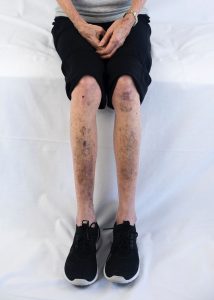
Cutaneous lupus
Cutaneous, or skin, lupus is an autoimmune disease where the immune system attacks the skin. It comprises around 10% of all lupus cases and usually affects women. It often appears as red, irritated skin Medical Conditions and can be triggered by sun exposure, stress, injury, or certain medications. The severity and frequency of reactions depends on many factors, but it is not contagious. There is no cure, but treatments include corticosteroids injections or creams and other medications such as methotrexate.
What should I do? How long will the discolouration last?
Depending on the condition, there’s a chance that it will resolve itself over time. However, if you are concerned about a persistent discoloured patch that won’t go away, don’t try for a self-diagnosis or self-medication. Seek professional Medical Conditions advice as early detection may help reduce the discolouration more quickly.
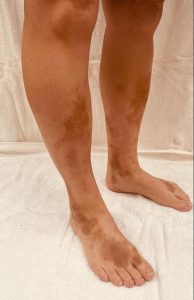
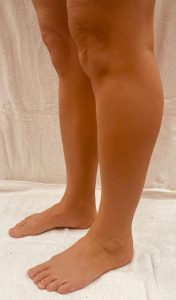
In the meantime, there are some things you can do such as avoid sun exposure as it may help reduce the hyperpigmentation. Apply sunscreen, cover up, or stay out of the sun completely. If the discolouration or patches make you uncomfortable to go out, you may want to look into camouflage cosmetics to help conceal affected areas.
Colour Derma can help with camouflage makeup
Colour Derma would like to emphasise that this article is not a comprehensive survey of all ailments that may valtrex cause skin discolouration and Medical Conditions. If you are concerned, please see a trusted healthcare provider for diagnosis and treatment options. Nevertheless, if you would like to discuss camouflage makeup options to conceal your condition, please contact our team at Colour Derma. We are experienced at helping people find the best camouflage makeup solution for their unique condition.


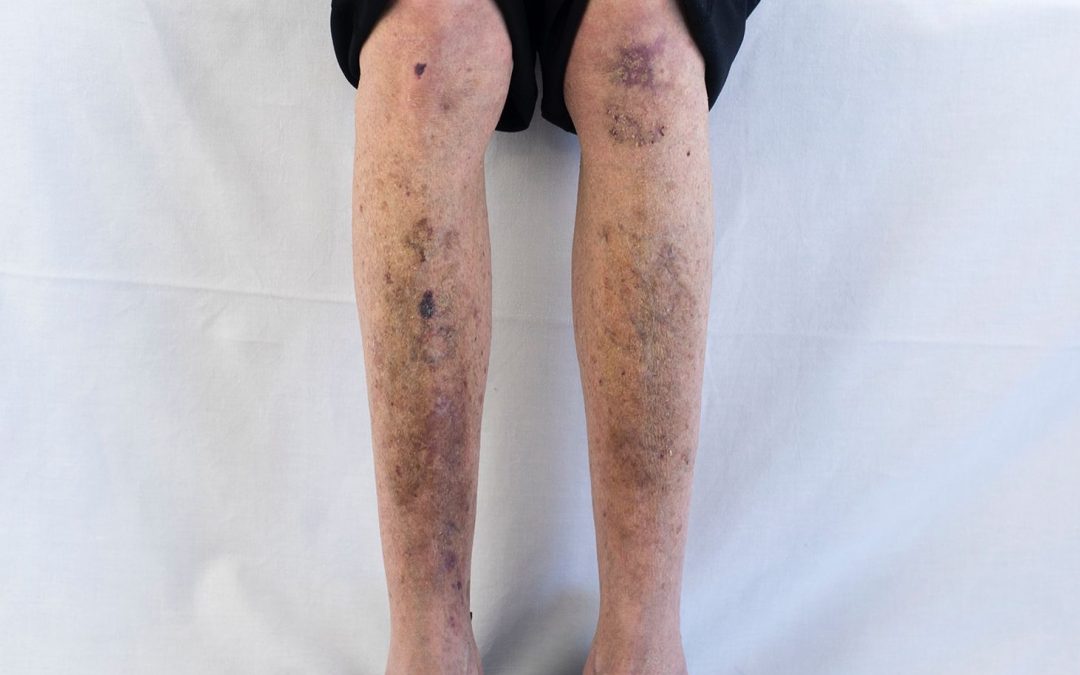
Recent Comments